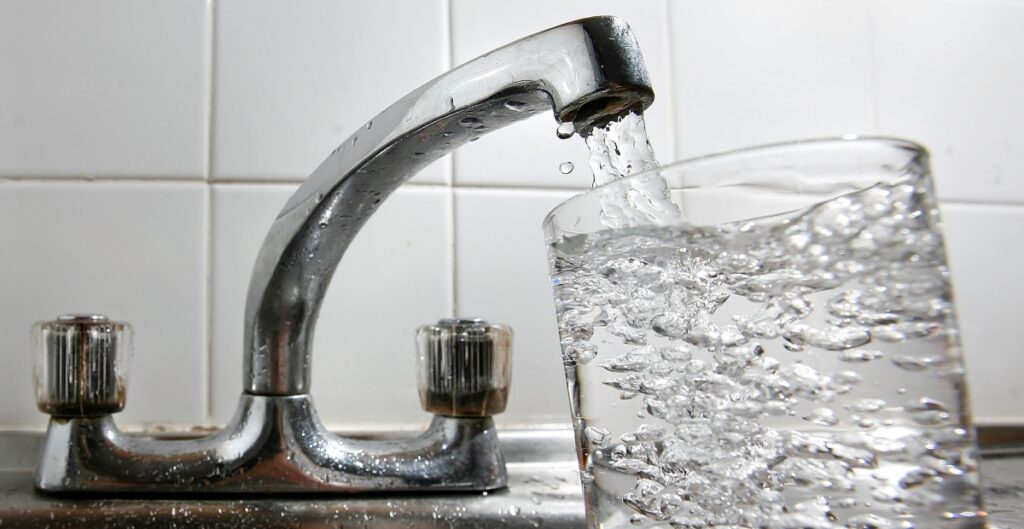WATER CRISIS DEEPENS: MAJOR RESERVOIRS ACROSS INDIA REPORT ALARMING DECLINE IN LEVELS

New Delhi, 18th March 2024: By mid-March, water scarcity has intensified across much of the nation, with some regions experiencing acute shortages. States like Andhra Pradesh, Telangana, Karnataka, Bihar, and Nagaland are particularly affected, with Maharashtra’s Marathwada region also facing significant shortages. The pressing challenge lies in effectively managing and utilizing available water reserves before the end of June, especially considering the anticipated exacerbation of shortages with rising temperatures and heat waves.
The Central Water Commission’s assessment of water levels in 150 major reservoirs nationwide paints a grim picture, particularly in South India, excluding Kerala. In Telangana, for instance, seven major dams have reached alarmingly low levels, holding only 35% of their capacity, while Andhra Pradesh’s four dams retain a mere 13% of their water. Karnataka’s sixteen dams are at 26% capacity, and Tamil Nadu’s seven dams have only 30% of their water remaining. Comparing these figures to the average water storage of the last decade reveals significant deficits, with Andhra Pradesh experiencing a 68% decrease, Telangana 10%, Karnataka 26%, and Tamil Nadu 27%.
Moving to Central India, Uttar Pradesh’s eight major reservoirs are at 23% capacity, Uttarakhand’s three reservoirs at 43%, Madhya Pradesh’s eleven reservoirs at 54%, and Chhattisgarh’s four reservoirs at 49%. Uttar Pradesh and Chhattisgarh exhibit a shortfall of 25% and 22%, respectively, compared to their average water storage over the past ten years.
In eastern India, Bihar is grappling with severe water scarcity, with dams holding only 10% of their capacity. Compared to the past decade, Bihar’s water storage has plummeted by 59%. Similarly, Nagaland faces a 14% decrease, while West Bengal experiences a 19% decline in water levels.
According to the Central Water Commission, the state’s 32 major dams currently hold 44% of their capacity, marking an 11% decrease compared to the ten-year average. Specific reservoirs like Jayakwadi, Ujani, Girna, Manikdoh, Kanher, Darna, and Yeldari Dams report varying levels of water storage, with Marathwada bearing the brunt of severe scarcity, albeit mitigated somewhat by unseasonal rains in certain areas.
The overall state-wise decline in water storage, compared to the ten-year average, is as follows:
– Andhra Pradesh: 68%
– Bihar: 59%
– Tamil Nadu: 27%
– Karnataka: 26%
– Uttar Pradesh: 25%
– Chhattisgarh: 22%
– Nagaland: 14%
– Maharashtra: 11%
– Telangana: 10%








